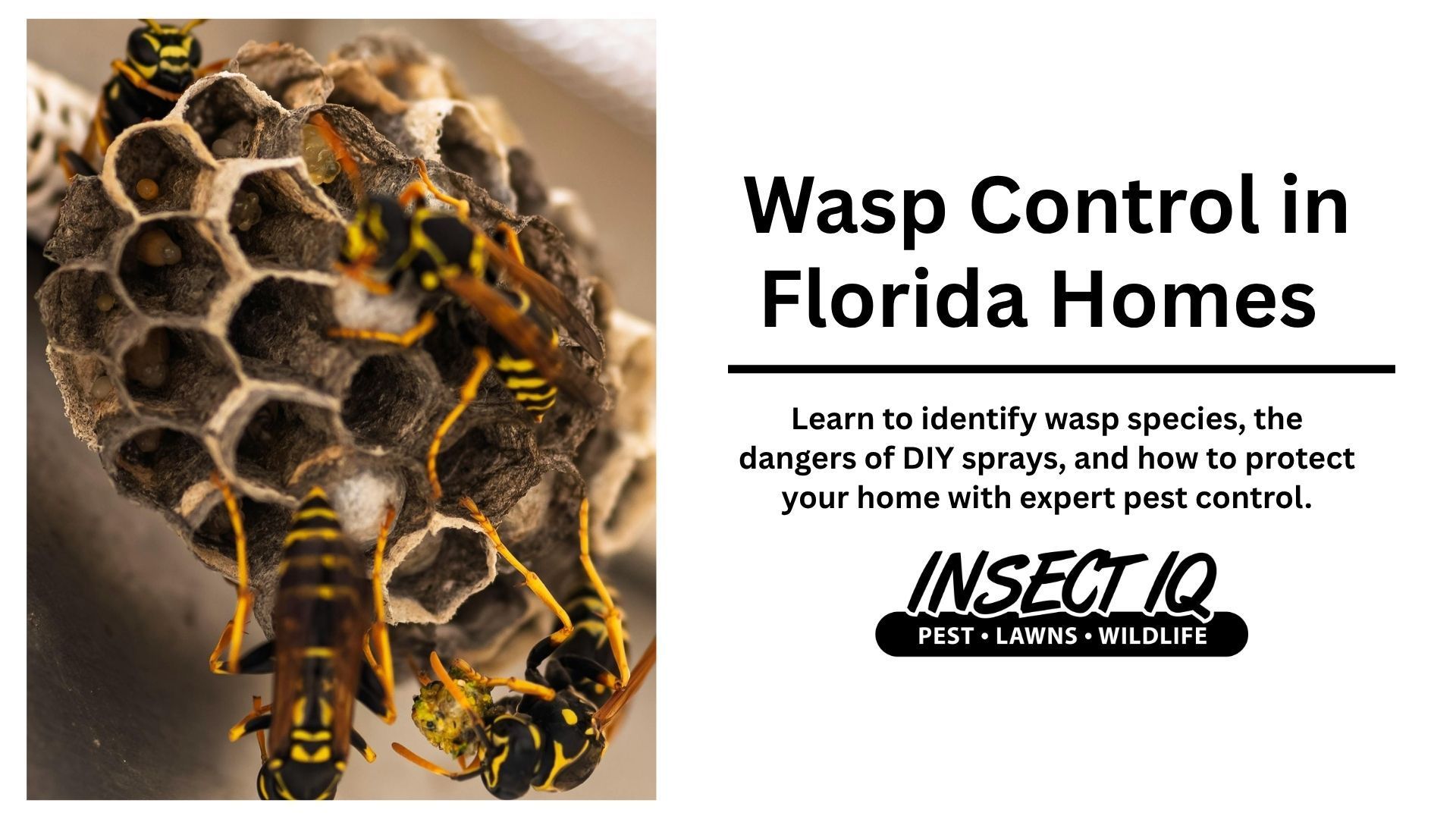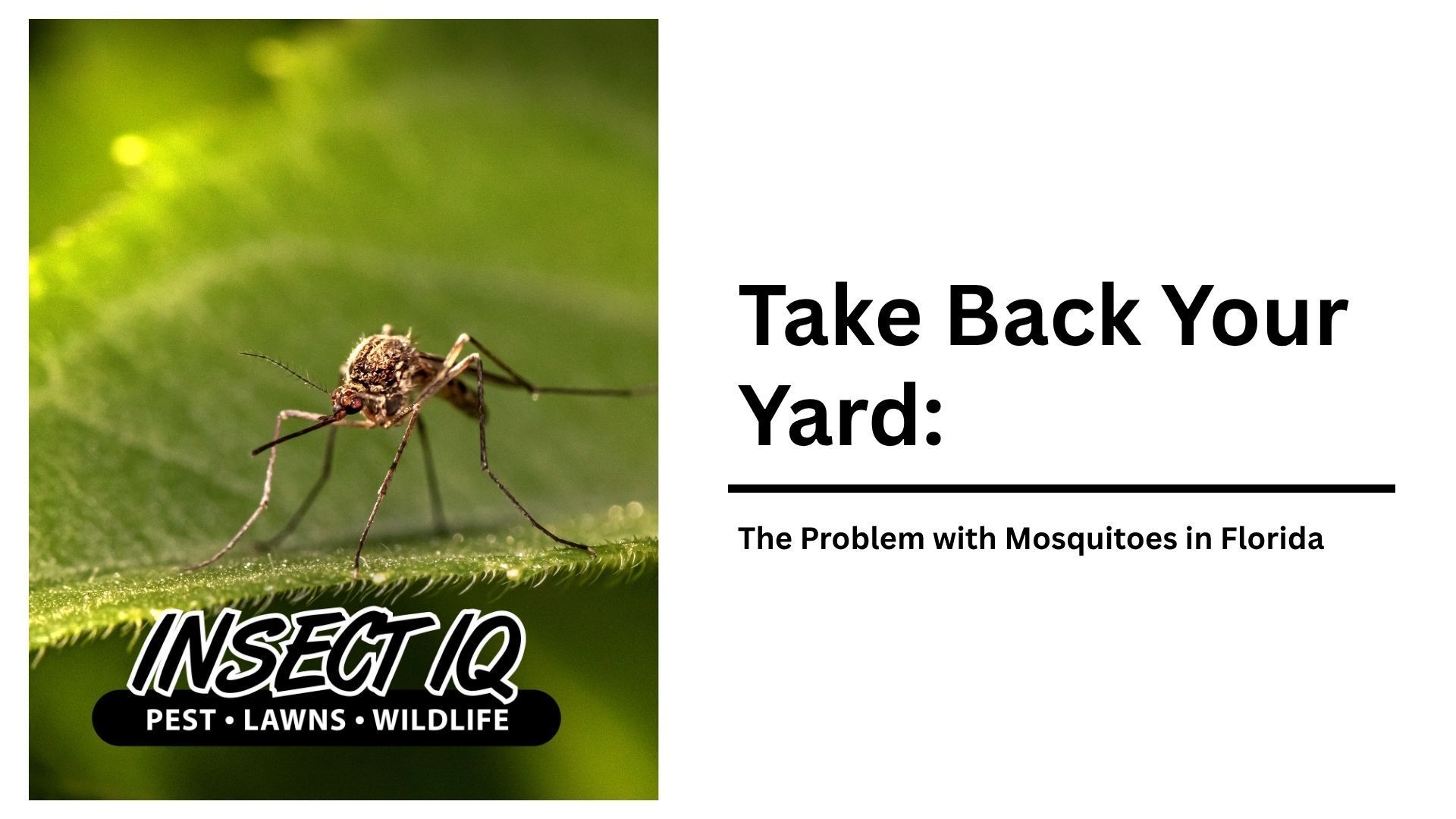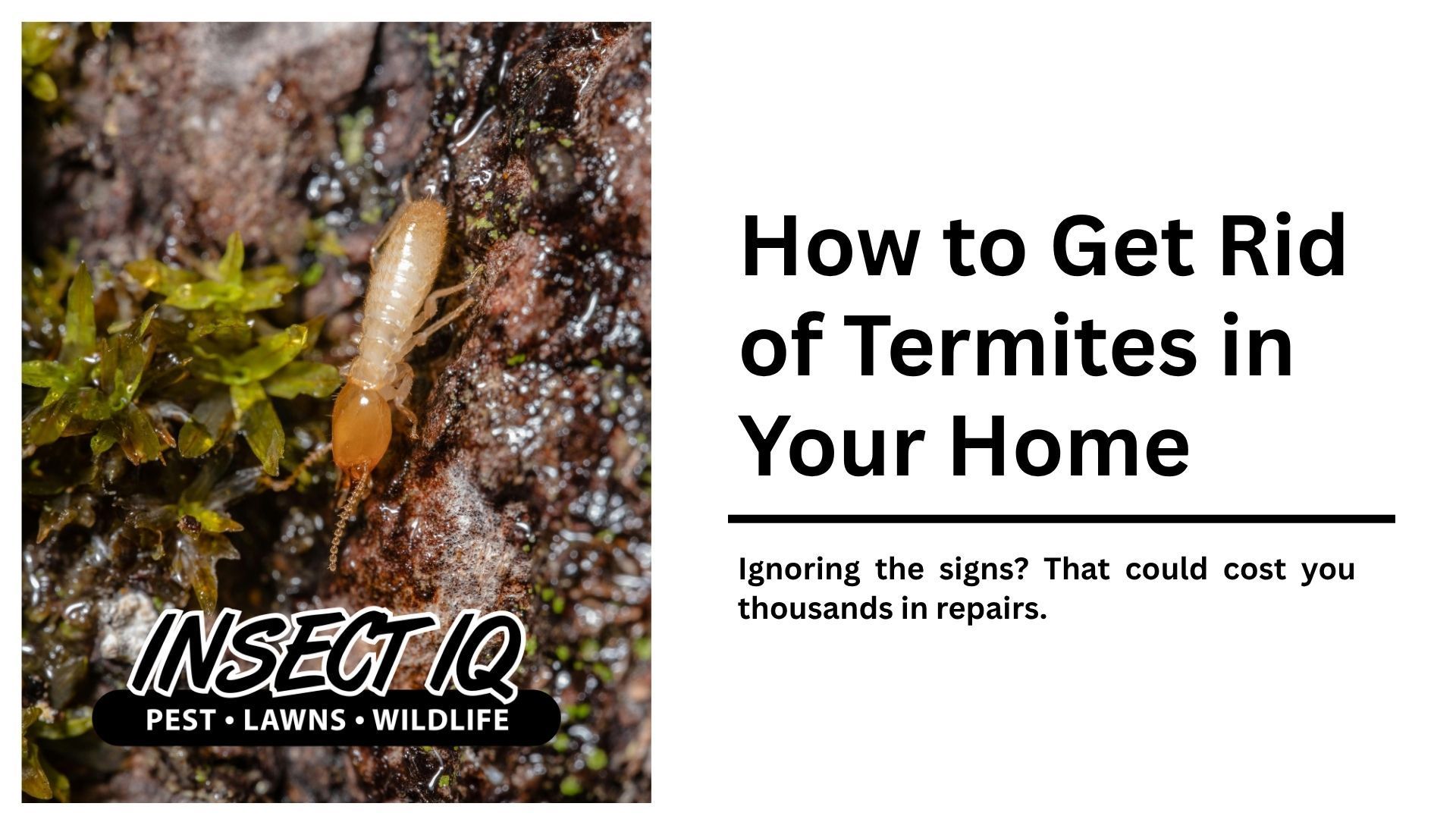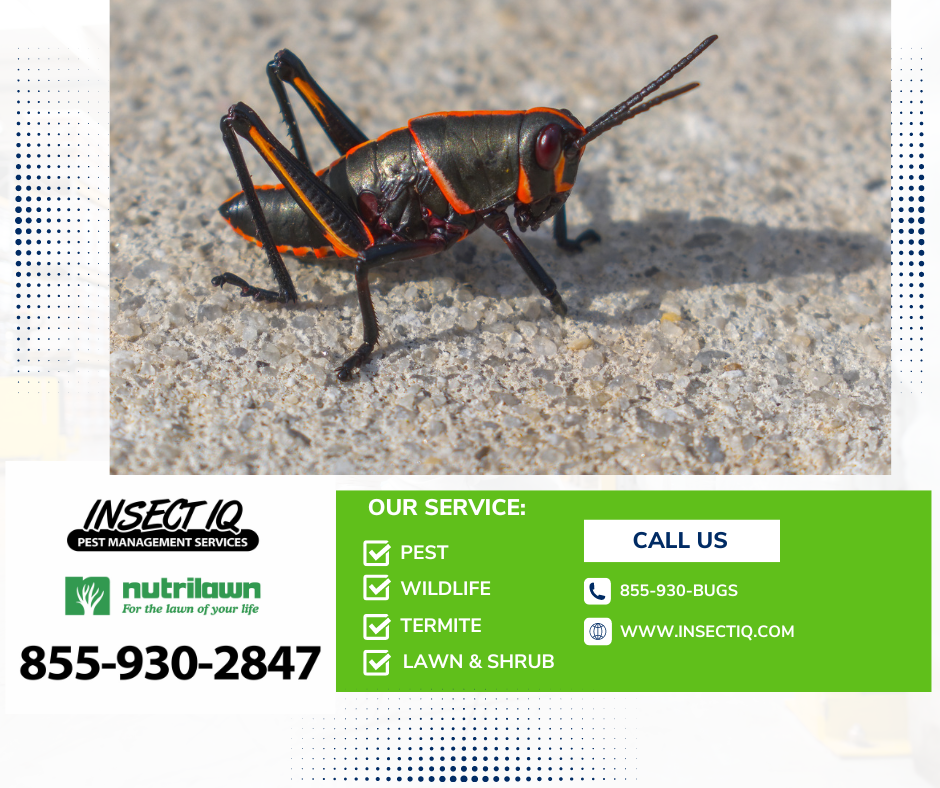What Bugs Were on the Mayflower?

Thanksgiving
That special time of year that brings our families together to eat mashed potatoes, turkey, cranberries and corn. A wonderful time to see loved ones. A time of year to celebrate the insects, bugs and pests that also made that famous trip across the Atlantic Ocean to our promising shores.
Bed Bugs
Travel to see loved ones, stay in a hotel, BEDBUGS!!! Those biting, irritating bed bugs probably came over on the Mayflower, Nina, Pinta or the Santa Maria. Bed Bugs have infested Europe, Africa and Asia for several thousand years and it is often believed that when Christopher Columbus, or when the Nina, Pinta and Santa Maria passengers arrived at the shores of the recently discovered world, they brought the bed bugs with them. These bugs were common on ships, especially emigrant ships because of the number of people and close quarters on the ships. The bugs were easily mobile with beds, suitcases and clothing. Bed bugs can move quickly across floors and walls. Females lay 100’s of eggs, and bed bugs live in groups in their hiding places, for example mattress seams, headboards, wall sockets and bed frames. Active at night, they usually bite when people are sleeping causing victims to develop itchy welts. The number of passengers in the ships and living arrangements made a perfect breeding ground for the pests.
Bed bugs weren’t the only bugs to make the trip on the pilgrims’ ships.

Lice
Lice and bed bugs are related parasites. Lice can be found near the head and will feed on human blood. Bed bugs can be found anywhere in a home and will feed on human blood. Both can cause itchiness and discomfort. Body lice survive up to 30 days in a suitable environment. Head louse survives up to 30 days in a suitable environment. They spend their entire lives on the human head feeding on blood. The close quarters made infestations aboard the ships almost unavoidable. The sharing of lice from passenger to passenger does not mean that a person is dirty, in fact, head lice prefer clean hair.
Cockroaches
The German cockroach was the most common cockroach at the time of colonists. Although credited as originating in Asia, it is believed to have been brought to Europe in the 1200s. By the time the colonists set foot on their ships to come to America, the cockroach had grown into a very large population. It is also a possibility that this cockroach was a passenger on the slave ships crossing the Atlantic from Africa. The 2nd most common cockroach to make the journey to America was the American Cockroach. The warm, dark hulls of ships is a perfect environment for the American Cockroach.
Thanksgiving. That special time of year that brings our families together to eat mashed potatoes, turkey, cranberries and corn. A wonderful time to see loved ones. A time of year to celebrate the insects, bugs and pests that also made that famous trip across the Atlantic Ocean to our promising shores.
Call today for a FREE consultation, 855-930-2847. Or visit us at
https://www.insectiq.com/our-services/pest-management-service to learn more about our pest management services.














